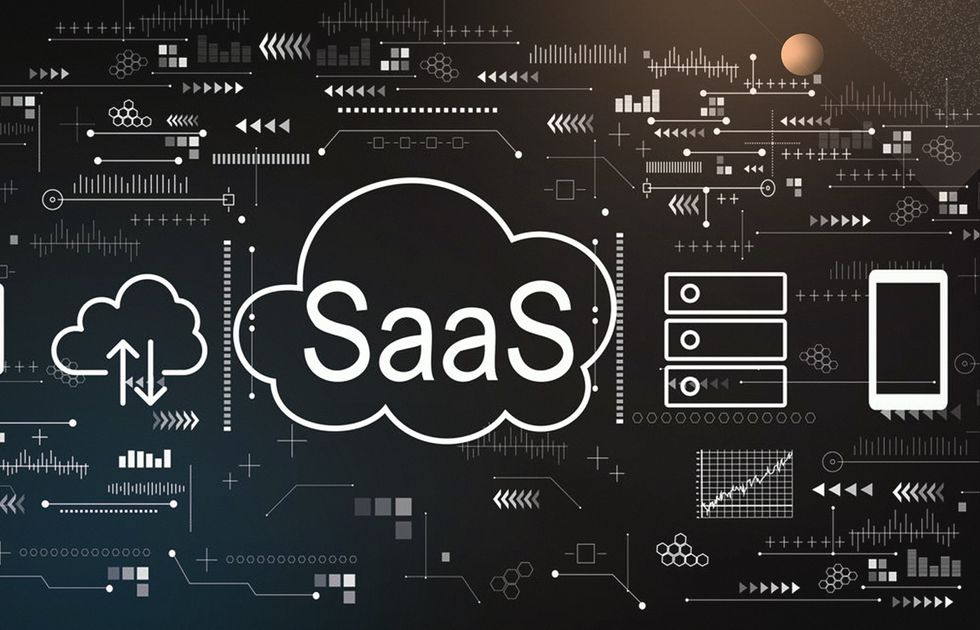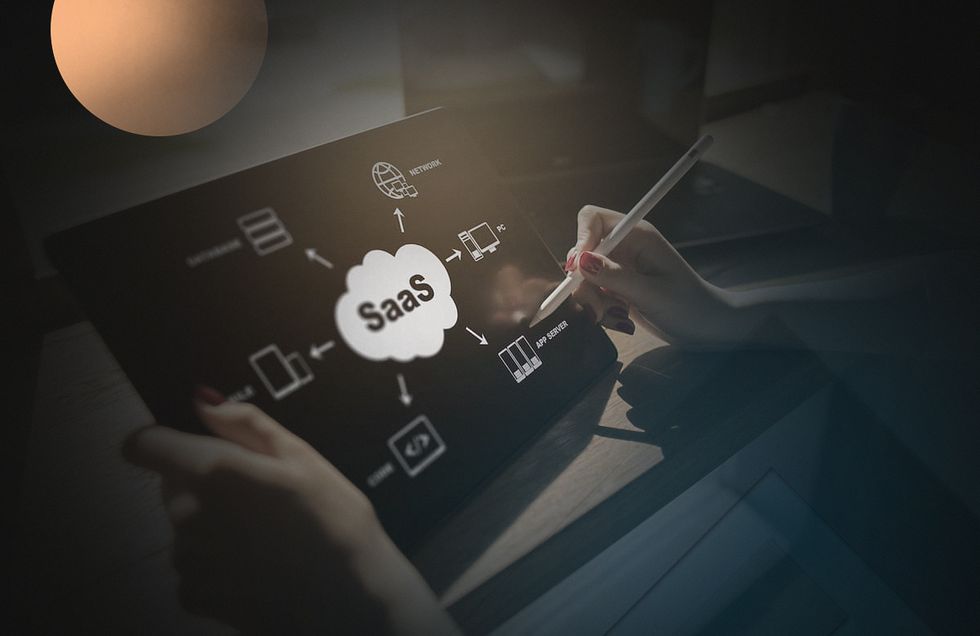Budgeting is crucial for SaaS businesses, influencing every stage from pre-launch to daily operations. Proper budgeting ensures you have the resources needed to develop your product, attract and retain customers, and scale your business. Without a well-thought-out budget, you risk running out of funds, missing growth opportunities, and ultimately failing to achieve your business goals.
This blog will guide you through the essentials of SaaS budget planning, helping you create a comprehensive and effective budget for your business.
What to Include in a SaaS Budget Plan
Creating a thorough SaaS budget plan involves considering various expenses across different areas of your business. Here are the key components to include:
- Hardware/Software
- Hardware: This includes servers, computers, networking equipment, and other physical devices required to support your SaaS infrastructure.
- Software: Consider costs for development tools, project management software, CRM systems, and other essential software licenses.
- Product Development Expenses
- Development Costs: Salaries for developers, designers, and product managers.
- Testing and QA: Tools and services for testing your software to ensure quality and reliability.
- Infrastructure: Cloud services, hosting, and data storage costs.
- Dev Team: Salaries for developers, designers, other technology experts you employ.
- Marketing
- Digital Marketing: Expenses for online advertising, social media campaigns, and SEO efforts.
- Content Creation: Costs for creating blog posts, videos, and other marketing materials.
- Website Maintenance: Recurring fees to keep your brand’s online domain and hosting.
- Marketing Team: Manpower salaries for the marketing strategist, multimedia artist, writer, paid media specialist, and other marketing-related personnel.
- Sales and Customer Service
- Sales Team: Salaries and commissions for sales representatives and account managers.
- Customer Support: Salaries for support staff and costs for support tools like help desk software.
- Human Resources
- Recruitment: Expenses for hiring new employees, including job postings and recruitment agency fees.
- Training and Development: Costs for employee training programs and professional development.
- Daily Operations
- Office Space: Rent for physical office space or co-working spaces.
- Utilities: Costs for electricity, internet, and other essential utilities.
- Office Supplies: Everyday supplies needed for office operations.
- Legal
- Legal Fees: Costs for legal consultations, contract reviews, and compliance.
- Insurance: Business insurance policies to protect against various risks.
- Licensing and Permits: Fees for any necessary business licenses and permits.
How to Budget for Your SaaS Business Effectively
Step 1: Determine Your Goals
Start by defining your product, marketing, and sales objectives. Clear goals will help you prioritize your spending and allocate resources effectively.
Step 2: List Down and Categorize Expenses
Create a comprehensive list of all potential expenses using a spreadsheet for organization. Categorize these expenses into three main types:
- One-time Fixed Expenses: Costs incurred once, such as initial software purchases, hardware, and office setup.
- Recurring Fixed Expenses: Regular, unchanging costs like salaries, rent, and subscriptions.
- Recurring Variable Costs: Costs that fluctuate, such as marketing spend, utilities, and customer service expenses.
Step 3: Evaluate Highest Costs and See If They Are Fixed or Can Be Optimized
Identify your highest costs and assess whether they are fixed or can be optimized. For example, if you’re using a high-cost CRM tool, consider switching to a more affordable option with similar features.
Step 4: Track Expenses Accurately
Ensure accurate tracking of all expenses. For manpower costs, use time tracking tools to monitor employee hours and project time allocation. Keep detailed records of all expenditures to maintain financial transparency.
Step 5: Manage Cash Flow
Regularly monitor your cash flow to ensure you have sufficient funds to cover expenses. Compare your progress against your budget and adjust as needed. Implement contingency planning to prepare for unexpected costs or revenue shortfalls. Other industry best practices for SaaS startups include maintaining a cash reserve and forecasting future cash flow needs.
Effective budgeting is essential for the success of your SaaS business. By including comprehensive categories in your budget plan, determining clear goals, categorizing and tracking expenses, optimizing costs, and managing cash flow, you can ensure your business operates smoothly and scales effectively. Remember, a well-planned budget not only helps you allocate resources efficiently but also prepares you for future growth and unexpected challenges. Embrace these budgeting basics to build a strong financial foundation for your SaaS business.
Ready to Unlock your SaaS Success with Expert Guidance?
SaaS Architects is a coaching firm that helps struggling and aspiring SaaS startup entrepreneurs successfully navigate the world of application development, marketing, and sales. Through over 20 years in the software scene, we’ve built hundreds of apps for clients across various industries, learning from every experience.
Now, we are on a mission to make SaaS success simple and accessible for everyone. Our goal is to provide you with thorough guidance– from understanding the technical side of software development to leading you towards a sustainable and profitable business.



